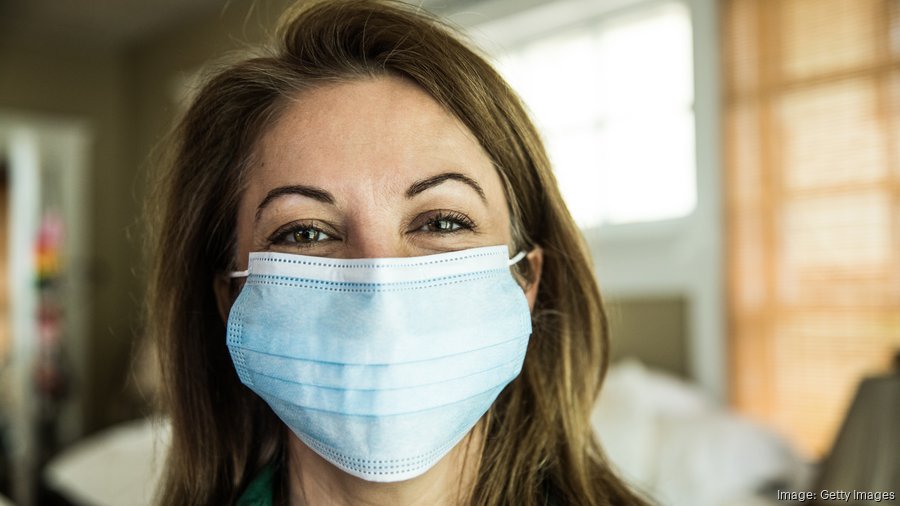With the latest disease modeling showing potentially alarming increases in Covid-19 transmission, Oregon public health officials are asking the public to limit indoor gatherings and double down on other precautionary measures.
“We’re likely to see exponential growth in cases in the coming weeks,” OHA Director Patrick Allen warned at a Friday news conference. “We need Oregonians to take immediate and sustained action to stop the spread.”
Models indicate transmission has increased since the state began reopening May 15, based on data through July 2, according to the Institute for Disease Modeling. Trends in new hospitalizations show an increase in transmission of 20 percentage points after May 15 and an additional 10 percentage points after May 22, then a “slight waning” around June 6.
The daily total hit a new record on Thursday, with 389 positive cases. Friday's count was lower, with 275 new cases.
The institute presented three models:
- If transmission continues on the current trajectory over the next month, the estimated number of new daily infections could triple over the next four weeks, to 3,600, and the number of daily new severe cases would increase to 49 from 17.
- If transmission decreases by 10 percentage points starting July 3 and continues over the next month, there would be 1,600 new daily infections and 24 severe, or hospitalized cases than under the “as is” scenario.
- If transmission increases by 10 percentage points starting July 3 and continues at that level over the next month, the model projects 7,300 daily infections and 76 severe cases.
Dr. Dean Sidelinger, state epidemiologist, said with the current trajectory, hospitals have sufficient capacity over the next 60 days. But if the increase in cases continues, that time period shortens “significantly,” he said.
Allen and Sidelinger are asking people to voluntarily limit indoor gatherings to fewer than 10 people for at least the next three weeks, as some of the recent spike in transmission has come from social gatherings tied to such occasions as Mother’s Day, the Fourth of July and bachelor parties.
People have “gathered with their friends and family and felt a sense of safety. Yet there is risk and we tend to let our guard down,” Allen said.
Growth in cases has risen statewide, not just in metro areas. Union County seems to be containing what was a large outbreak with strong contact tracing. But Umatilla, Morrow and Malheur counties’ numbers give cause for concern, Allen said.
So far, testing capacity far exceeds the state’s goals, with 39,000 run last week. But supply chains have been strained by high demand in Texas, Florida and Arizona.
“Their high case rates impact our supply,” Allen said. “We’ve asked the federal government to deliver more supplies to Oregon.”
He repeated the standard guidance to stay at least 6 feet apart, wear a mask and wash hands frequently.
